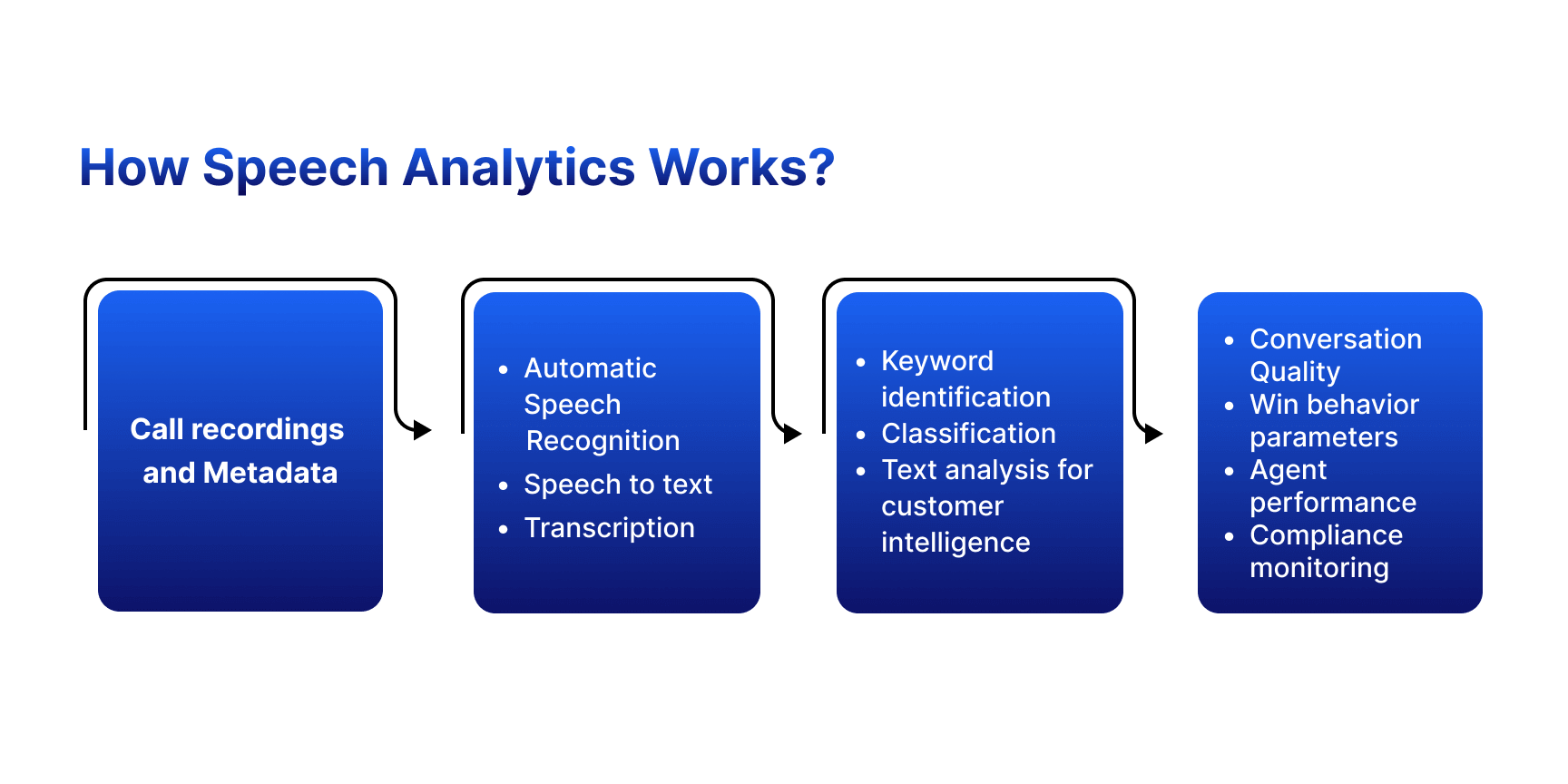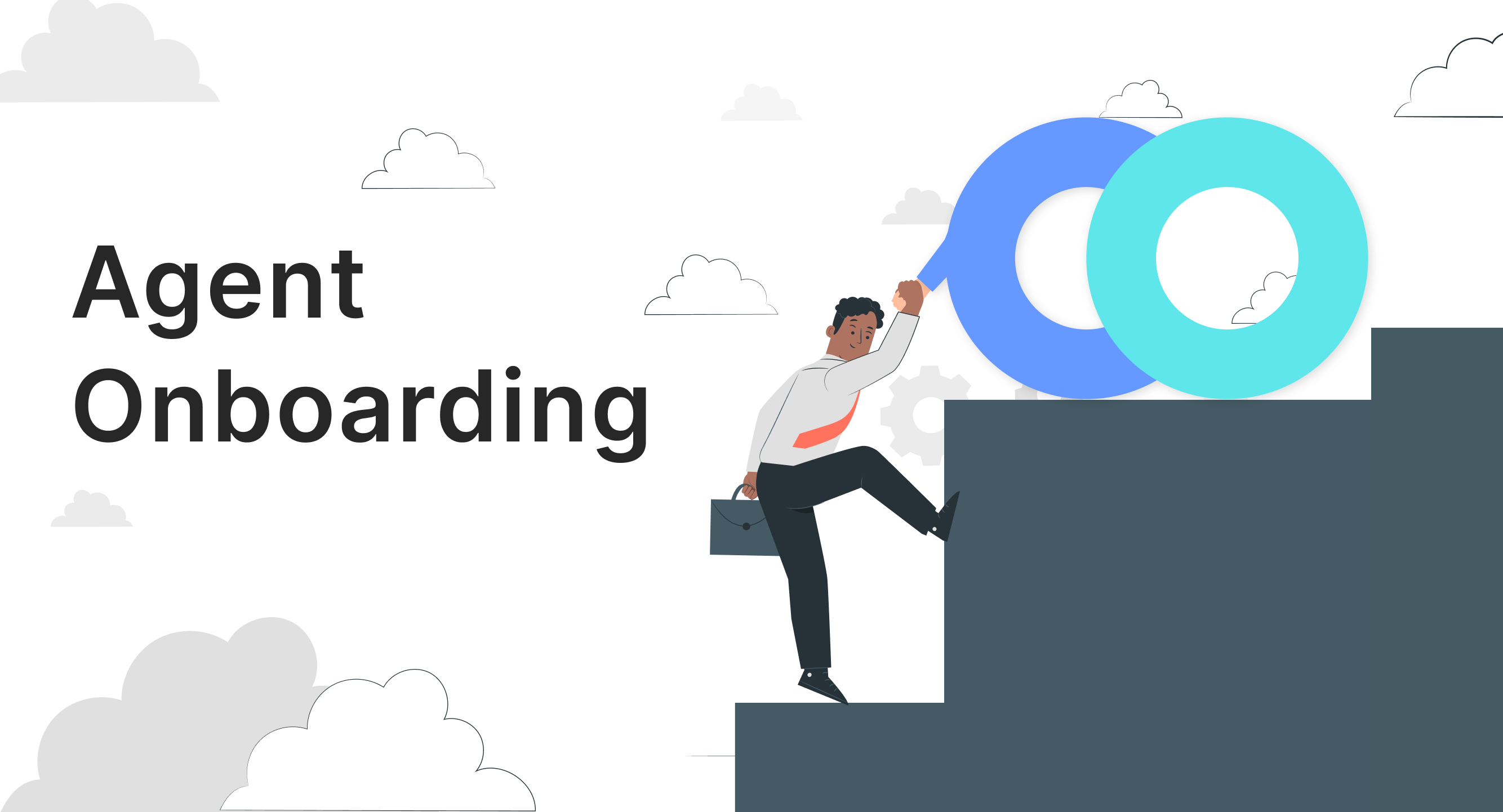
In today's fast-paced and interconnected world, businesses need to meet customers where they are. The omnichannel experience has become a cornerstone of customer service, allowing organizations to provide seamless and consistent interactions across various channels.
“42% of contact centers strive to create an omnichannel experience” - Contact Center Week (June 2021)
In this blog, we will delve into the three core omnichannel experience strategies in customer service, exploring how to implement them, the benefits they offer at the agent, organizational, and customer levels, as well as the challenges that come with their adoption.
Find out how Convin helps you use 3 core omnichannel strategies.
What are the 3 Core Omnichannel experience strategies in customer service?
Omnichannel experience strategies in customer service refer to a comprehensive approach that focuses on providing a seamless and consistent customer experience across all interaction channels and touchpoints. These strategies aim to break down organizational silos, integrate data and systems, and ensure that customers can engage with a brand.

Key elements of omnichannel experience strategies in customer service include
1. Data Integration
Ensuring that customer data is centralized and accessible across all channels, allowing customer service agents to have a complete view of customer history, preferences, and interactions, regardless of the channel.
2. Cross-Channel Customer Journey
Understanding how customers move across different channels during their interactions with the business and optimizing these touchpoints for a seamless experience.
3. Unified Communication
Offering a variety of communication channels (e.g., phone, email, chat, social media) to cater to diverse customer preferences and ensuring that agents can switch between channels while maintaining context.
Overall, omnichannel experience strategies aim to enhance customer satisfaction, increase customer loyalty, and drive business growth by delivering a cohesive and superior customer experience, regardless of the channels customers choose to use.
Now that we have a foundational understanding of what omnichannel experience strategies in customer service entail let's dive deeper into the first core strategy: "Integration of Data and Systems.”
Integration of Data and Systems
The first and fundamental strategy for achieving a successful omnichannel customer experience is integrating data and systems. This involves breaking down silos between different departments and technologies to create a unified customer view.
1. Implementation
a. Invest in a robust Customer Relationship Management (CRM) system
To create a seamless omnichannel experience, it's crucial to invest in a CRM system capable of consolidating customer data from various touchpoints, such as online interactions, in-store purchases, and social media engagement. This central hub should serve as a repository for all customer information, providing a 360-degree view of each customer.
b. Ensure seamless data sharing between departments and channels
Breaking down data silos within an organization is crucial. Departments like sales, marketing, and customer support should share customer data seamlessly. This can be achieved through well-defined data-sharing protocols and tools that facilitate real-time data synchronization.
c. Train your teams on how to use the integrated system effectively
Implementing a CRM system alone is not sufficient; employees need training to harness its full potential. Ensure that your teams are proficient in using the system, and provide ongoing training to keep them up-to-date with new features and best practices.
2. Benefits
a. Agents gain access to a comprehensive customer history
With a unified CRM system, agents can access a customer's complete interaction history across all channels. This enables them to provide personalized recommendations, resolve issues more efficiently, and offer a consistent experience.
b. Organizational efficiency improves
A shared CRM system enhances internal collaboration. Marketing teams can use customer insights from sales and support to create targeted campaigns, while sales teams can identify upselling opportunities based on customer preferences and history.
c. Customers enjoy a consistent and personalized experience
When agents are well-trained and have access to integrated data, they can engage with customers more effectively. They can remember past interactions, preferences, and pain points, leading to a personalized and consistent customer experience.
3. Challenges
a. Integration can be costly and time-consuming
Implementing a CRM system capable of omnichannel data integration can be a substantial financial and time investment. It may require customizations and third-party integrations to ensure all channels are covered adequately.
b. Legacy systems may not easily integrate with modern CRM solutions
Older systems and databases might not seamlessly integrate with modern CRM solutions, leading to compatibility issues and requiring additional development efforts. Migrating data from legacy systems can be a complex process.
c. Data security and privacy concerns need to be addressed
With the integration of customer data from multiple sources, security, and privacy become paramount. Organizations must invest in robust security measures and compliance with data protection regulations (such as GDPR or CCPA) to safeguard customer information and maintain trust.
The integration of data and systems is a cornerstone of achieving a successful omnichannel customer experience. While it presents challenges, such as cost and data security, the benefits for agents, organizations, and customers are substantial.
Let’s shift our focus from the foundation of consolidating customer data and breaking down silos to the strategic process of understanding how customers interact with a brand across various channels and touchpoints.
Results first, payment later.
Cross-Channel Customer Journey Mapping
Omnichannel experiences require a holistic understanding of how customers interact with your brand across various touchpoints. The strategy of mapping the customer journey is pivotal in achieving this understanding.
1. Implementation
a. Analyze Customer Data
To embark on an effective cross-channel journey mapping, organizations must leverage customer data. By collecting and analyzing data from different channels, such as website visits, social media interactions, email exchanges, and in-store visits, businesses can gain insights into the customer's behavior and preferences.
b. Develop Customer Personas
To tailor experiences effectively, organizations can create customer personas. These personas represent different customer segments based on demographics, behavior, and preferences. Each persona guides the customization of interactions across channels.
c. Create a Visual Journey Map
Building a visual representation of the customer journey is essential. This map should encompass all key touchpoints across channels, illustrating the customer's path from awareness to purchase and beyond. Highlighting key touchpoints allows organizations to pinpoint areas where improvements are needed.
2. Benefits
a. Better Anticipation of Customer Needs
By understanding the entire customer journey, agents can anticipate customer needs at different stages. This enables them to provide proactive assistance and recommendations, enhancing the overall customer experience.
b. Resource Allocation
Armed with insights from the journey map, organizations can allocate resources more effectively. They can prioritize improvements in areas identified as pain points, ensuring that investments lead to tangible improvements in customer satisfaction.
c. Enhanced Customer Loyalty
When customers experience a seamless and consistent journey across channels, they are more likely to develop loyalty towards the brand. This loyalty can result in increased customer retention and advocacy, driving business growth.
3. Challenges
a. Complex Mapping
Mapping the customer journey accurately can be challenging due to its complexity. Customers may follow non-linear paths, making it necessary to account for various scenarios and interactions.
b. Personalization Challenges
While personalization is a key goal, different customers may follow different journeys. Ensuring that each customer receives a tailored experience can be a daunting task.
c. Resource-Intensive Implementation
Implementing changes based on the journey map can be resource-intensive. It may require investments in technology, training, and process improvements.
Having explored the significance of Cross-Channel Customer Journey Mapping, let's now shift our focus to the equally crucial strategy of Unified Communication Channels.
Unified Communication Channels
In the realm of omnichannel customer experience, the strategy of Unified Communication Channels plays a pivotal role in ensuring that customers can connect with your brand seamlessly across multiple platforms and channels.
Achieving an omnichannel customer experience involves unifying communication channels, and ensuring consistency and responsiveness across all touchpoints.
1. Implementation
a. Offer Multiple Channels
To provide an omnichannel experience, organizations should offer multiple communication channels, including phone, email, chat, social media, and more. This allows customers to engage with the brand through their preferred means.
b. Implement Tools
Tools like chatbots and IVR (Interactive Voice Response) systems can enhance the omnichannel experience by providing 24/7 support. These technologies ensure that customers can receive assistance at any time, further improving satisfaction.
c. Agent Training
Agents must be trained to switch seamlessly between communication channels during interactions. They should have access to the customer's history and context, regardless of the channel used, to provide a consistent experience.
2. Benefits
a. Enhanced Satisfaction
Agents can engage with customers in their preferred channels, reducing frustration and enhancing satisfaction. Customers appreciate the flexibility to communicate in a way that suits them.
b. Wider Audience Capture
Offering multiple communication channels allows organizations to capture a broader audience. Different customers have different preferences, and by accommodating these preferences, businesses can reach more potential clients.
c. Improved Customer Retention
A consistent and responsive experience across channels encourages customer loyalty. When customers know they can rely on a brand for consistent service, they are more likely to return.
3. Challenges
a. Consistency Maintenance
Maintaining consistent responses and service quality across various channels can be challenging. It requires effective coordination and adherence to established standards.
b. Complexity
Managing a diverse set of communication tools and channels can be complex and may require ongoing maintenance and updates.
c. Agent Proficiency
Ensuring that all agents are proficient in handling multiple channels may necessitate additional training and resources.
The implementation of Unified Communication Channels empowers businesses to provide customers with the flexibility and convenience they seek when engaging with a brand. By offering a diverse set of communication options and ensuring consistency across all channels, organizations can foster customer satisfaction, loyalty, and ultimately, achieve success in today's omnichannel landscape.
Take The First Step with Convin!
Convin, a conversational analytics and automation platform, can significantly assist with the three core omnichannel experience strategies in customer services. Here's how Convin's product can contribute to each of these strategies:
1. Integration of Data and Systems
- Data Aggregation: Convin can aggregate data from various customer interaction channels, including chat, email, phone, and social media. This aggregated data provides a centralized repository for customer information.
- Real-time Insights: The platform can offer real-time insights into customer interactions, allowing businesses to access up-to-date data on customer preferences, issues, and behavior.
2. Cross-Channel Customer Journey Mapping
- Customer Sentiment Analysis: The platform can perform sentiment analysis to gauge customer satisfaction at various touchpoints, providing insights for optimizing the customer journey.

- Personalization Recommendations: By understanding the customer journey, Convin can make personalized recommendations for agents to enhance interactions based on historical data and customer preferences.
3. Unified Communication Channels
- Omnichannel Integration: Convin can seamlessly integrate with various communication channels, such as chat, email, and social media, allowing for consistent customer interactions across platforms.
- Automation and Chatbots: The platform offers automation capabilities and AI-powered chatbots that can provide 24/7 support across channels, enhancing the availability and responsiveness of customer service.
- Agent Assistance: Convin's product assists call center agents in real time while switching between channels while maintaining context. It offers suggestions and insights to ensure consistent and efficient customer support.

Convin's product enhances the implementation of these omnichannel experience strategies by providing a unified platform for data integration, journey mapping, and communication channel management. It empowers businesses to deliver a seamless and personalized customer experience, improving customer satisfaction and loyalty across all touchpoints.
Be sure to book a free demo today to see firsthand how our products can help!
FAQ
1. What is an example of an omnichannel approach?
Example of an Omnichannel Approach: A customer browsing products online, adding items to their cart via a mobile app, and completing the purchase in a physical store while receiving consistent product information and personalized recommendations across all channels.
2. How do you build omnichannel customer experience?
To build an omnichannel CX, integrate data and systems, map the customer journey, unify communication channels, and prioritize seamless, consistent interactions to meet customers' needs across all touchpoints.
3. What is an omnichannel CX?
Omnichannel CX refers to providing customers with a consistent and seamless experience across multiple channels, enabling them to interact with a brand effortlessly, whether online, offline, or through various communication platforms.
4. What is an example of omnichannel customer service?
A customer initiates a support request through social media, receives a follow-up email, and ultimately resolves the issue via a live chat on the company's website, with the service agent having access to the entire interaction history.
5. What is the new word for omnichannel?
While "multichannel" and "cross-channel" are often used interchangeably, "omnichannel" remains the widely accepted term to describe a holistic approach to customer engagement.
6. What is another word for omnichannel?
"Multichannel" and "cross-channel" are synonyms that can be used to describe the concept of providing customers with consistent experiences across multiple channels and touchpoints.











































